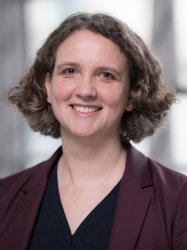BibTex format
@article{Yang:2019:10.1016/j.jsv.2019.04.025,
author = {Yang, D and Laera, D and Morgans, AS},
doi = {10.1016/j.jsv.2019.04.025},
journal = {Journal of Sound and Vibration},
pages = {137--161},
title = {A systematic study of nonlinear coupling of thermoacoustic modes in annular combustors},
url = {http://dx.doi.org/10.1016/j.jsv.2019.04.025},
volume = {456},
year = {2019}
}

